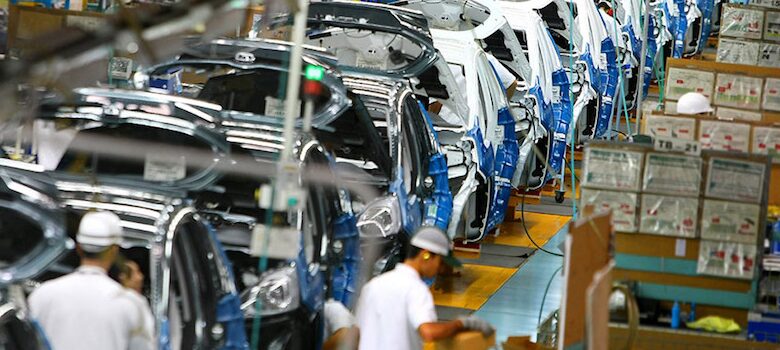Colombia bets on the auto industry: pros and cons


On April 7th, Argentina and Colombia signed an agreement that will increase the exchange of vehicles between the two countries. According to the Argentinian Minister for Production, Francisco Cabrera, this agreement, clearly, will strengthen the auto industry on both countries. For Colombians, this will also help to fulfill the sales projections made by the Colombian Automotive Sector, who have predicted an increase of 0,6% in sales. With the announcement of another auto industry agreement between Colombia and Brazil, it’s clear that the “coffee country” is betting strongly on cars.
Argentina and Brazil expect to increase their exports of automobiles in three or two times their current sales. Is this good news for the Colombian economy?
If we focus solely on the automotive industry, it is certainly a good bet and the deals will give more opportunities for growth. The market had important concerns about the future of the industry, due to the decrease in sales in 2016. However, new trade agreements and positive feelings about the Colombian economy will, without a doubt, reduce past concerns. A strong auto market will come with more jobs, higher profits and a healthy environment for foreign investment. And let’s not forget that these new agreements with Argentina and Brazil will diversify the market, reducing the dependence of Colombia towards centralized markets, such as Mexico.
In short, Colombian policy makers made an efficient decision. These agreements will bring, if they are carried with precision and equality between each country involved, interesting opportunities for further market openings.
Now, what are the possible cons of strengthening the automotive industry? As usual, with higher profits, rules and laws tend to be more flexible and easier to bend. Taking IGNORE INTO account the tendency of Colombian companies towards corruption and price manipulation through cartels, the government will have to be on top of the auto industry. Colombia has to avoid the dangers of corruption that big economies, such as Brazil, are suffering.
Aside from this, the other con could be the unnecessary increase of cars in the already crowded Colombian cities. According to statistics presented by Fenalco –acronym for the National Federation of Merchants– and ANDI –the National Association of Entrepreneurs of Colombia–, every 2 minutes, a new car enters Colombian streets. Is Colombian infrastructure able to stand such a dense vehicle fleet?





